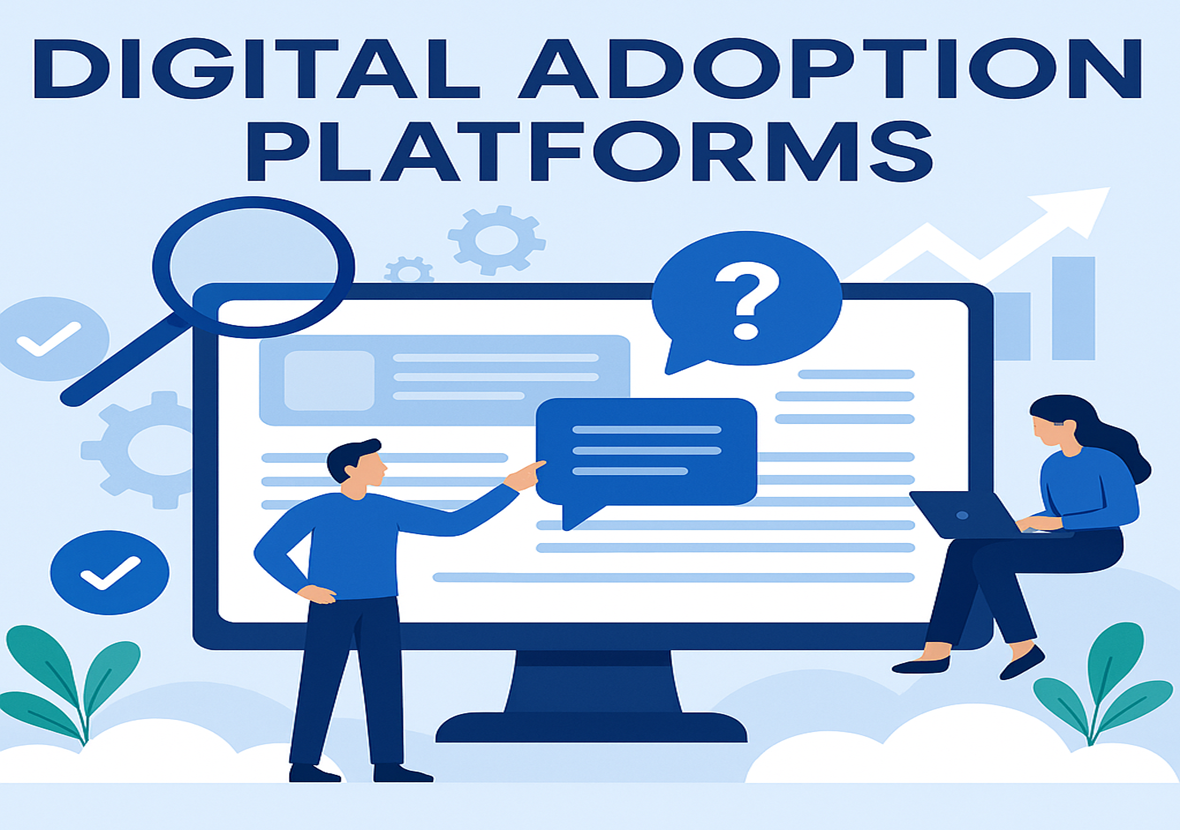How Open-Source Software Is Powering Innovation
In a world where technology is advancing at breakneck speed, open-source software (OSS) has emerged as one of the most transformative forces driving innovation across industries. No longer confined to the fringes of development communities, open-source software now powers everything from smartphones and web servers to AI platforms and cloud infrastructures. But how exactly is this collaborative model fostering innovation? Let’s explore how open-source software is not only changing the way we develop technology but also shaping the future of innovation.
What Is Open-Source Software?
Open-source software refers to software whose source code is freely available to anyone. Developers can study it, modify it, distribute it, and even use it to build new tools and platforms. Unlike proprietary software, which is closely guarded and controlled by a single company, OSS thrives on collaboration, transparency, and community participation.
The open-source movement began as a grassroots effort by programmers who believed that software should be freely accessible and adaptable. Today, it has evolved into a mainstream development model embraced by major corporations, startups, governments, and academic institutions alike.
Democratizing Innovation
One of the most profound ways open-source software is powering innovation is through democratization. OSS allows individuals and organizations from all corners of the globe to access cutting-edge tools and technologies without the burden of licensing fees. This accessibility lowers the barrier to entry for startups and solo developers, enabling them to experiment, prototype, and scale ideas that would otherwise remain dreams.
From Linux, which powers everything from servers to smart TVs, to the Python programming language, which is the backbone of data science and AI, open-source tools are enabling developers to build innovative solutions faster and more cost-effectively than ever before.
Collaboration Breeds Creativity
Innovation rarely happens in isolation. The best ideas often come from diverse perspectives and shared knowledge. Open-source projects thrive on collaboration. Developers from different backgrounds, countries, and industries contribute to a common goal, bringing unique insights and creative solutions to the table.
The collaborative nature of open source has led to breakthroughs in fields like machine learning, cybersecurity, and web development. Take TensorFlow, Google’s open-source machine learning framework, for example. By opening it up to the global community, Google catalyzed a wave of innovation in AI research and application that continues to this day.
These communities not only improve the software but also accelerate its evolution. A bug that might take weeks to fix in a closed system can be resolved in hours by contributors around the world.
Fueling Startups and Entrepreneurship
Startups operate in fast-paced environments where time and resources are limited. Open-source software offers a launchpad for innovation, allowing entrepreneurs to build on existing codebases rather than starting from scratch.
Instead of investing heavily in proprietary software, startups can leverage open-source frameworks like Django for web apps, PostgreSQL for databases, or Kubernetes for container orchestration. These tools are battle-tested, community-supported, and constantly evolving, providing startups with reliable foundations on which to build scalable, high-performance applications.
Many of today’s most successful tech companies, including GitLab, Elastic, and Red Hat, started with open-source projects. These companies used OSS as both a technological foundation and a business model, offering commercial services around open platforms while keeping the core code accessible to the public.
Accelerating Research and Development
In scientific and academic circles, open-source software is revolutionizing research and development. By making tools and datasets openly accessible, researchers can collaborate more effectively and reproduce results more easily, which is crucial for scientific progress.
Bioinformatics, climate modeling, and space exploration are just a few areas where open-source tools have made significant contributions. Projects like OpenAI’s GPT models (initially partially open-source), SciPy for scientific computing, and QGIS for geographic information systems have allowed researchers to break new ground without being hampered by software costs or licensing restrictions.
Open-source also enables rapid iteration and peer review. When researchers share their code and data, others can verify findings, build upon the work, and identify flaws more quickly—creating a self-correcting, innovation-friendly environment.
Driving Public Sector Modernization
Governments around the world are increasingly turning to open-source solutions to modernize public services and infrastructure. OSS not only reduces costs but also promotes transparency, security, and community engagement.
Countries like Estonia and India have implemented large-scale e-governance platforms using open-source software. These platforms help deliver healthcare, education, and financial services to millions of citizens with greater efficiency and accountability.
Open-source in the public sector also ensures that critical systems are not dependent on a single vendor. This independence improves long-term sustainability and fosters a culture of continuous improvement as developers and agencies work together to enhance the software.
Enhancing Security Through Transparency
Contrary to the myth that open-source software is less secure because the code is publicly available, transparency is actually one of its greatest strengths. When thousands of developers can review and audit code, vulnerabilities are more likely to be found and fixed quickly.
Many of the internet’s foundational technologies—like OpenSSL, which encrypts web traffic—are open source. These projects benefit from constant scrutiny, frequent updates, and a community of experts dedicated to maintaining security.
This model of open auditing and collaborative patching not only enhances security but also builds trust. Users can inspect the code themselves or rely on third parties to verify that the software is doing what it claims, without hidden features or backdoors.
Cloud Computing and Open Source: A Powerful Duo
The rise of cloud computing has gone hand in hand with the growth of open-source software. Platforms like Kubernetes, Docker, and OpenStack are open-source technologies that have become the backbone of modern cloud infrastructure.
Cloud providers such as Amazon Web Services (AWS), Google Cloud, and Microsoft Azure heavily rely on and contribute to open-source projects. These contributions improve interoperability, speed up deployment times, and make it easier for developers to move applications between cloud environments.
This synergy between cloud and OSS gives organizations the flexibility and scalability needed to innovate quickly. It also prevents vendor lock-in, empowering businesses to choose the best tools for their specific needs.
Empowering Developers Worldwide
Perhaps the most direct way open-source software powers innovation is by empowering developers. With access to source code, documentation, forums, and global communities, developers are free to learn, experiment, and grow.
Open-source fosters a culture of mentorship and knowledge sharing. New developers contribute to projects, gain real-world experience, and receive feedback from seasoned professionals. This cycle of learning and contributing not only strengthens individual skills but also strengthens the global tech ecosystem.
From hobbyist programmers to enterprise engineers, open-source offers a level playing field where talent and passion can shine. The result? A constantly expanding pool of innovation fueled by creativity and collaboration.
The Business of Open Source
It’s a misconception that open-source software is free in every sense. While the code may be freely accessible, many companies build profitable businesses around it. They offer premium support, enterprise features, consulting services, and cloud-hosted versions of open-source tools.
Red Hat, acquired by IBM for $34 billion, is a prime example. It built a thriving business by providing enterprise solutions around Linux while staying true to its open-source roots. Similarly, MongoDB, Grafana Labs, and HashiCorp have built successful models that combine open-source accessibility with commercial value.
This business model proves that open-source and profitability are not mutually exclusive. In fact, it’s often the open nature of the software that attracts a loyal user base and fuels long-term growth.
Challenges Facing Open-Source Innovation
Despite its many advantages, open-source software is not without challenges. Sustainability is one major concern. Many widely-used projects are maintained by small teams or even individuals who receive little or no compensation. This can lead to burnout or neglect, threatening the long-term viability of critical tools.
Security is another concern. While transparency improves auditing, it also requires ongoing vigilance and active maintenance. Poorly maintained code or lack of documentation can introduce risks, especially in enterprise settings.
There’s also the issue of governance. Disputes over the direction of a project or control of its resources can slow progress or lead to fragmentation. Effective leadership and clear contribution guidelines are essential for keeping open-source projects healthy and inclusive.
The Future of Open-Source Innovation
Looking ahead, the role of open-source software in driving innovation will only grow stronger. Emerging fields like artificial intelligence, quantum computing, and blockchain are all benefiting from open collaboration. Projects like PyTorch, Hugging Face, and Hyper ledger are setting new standards for openness and innovation.
Open-source is also expanding beyond software into areas like hardware, education, and even pharmaceuticals. The principles of transparency, collaboration, and shared progress are proving valuable in domains far beyond their original scope.
As technology continues to evolve, open-source software will remain a cornerstone of innovation. It’s not just a development model—it’s a philosophy that empowers people to build, improve, and share freely. In a world hungry for new ideas and solutions, open-source is the engine that keeps innovation moving forward.
Conclusion
Open-source software is more than just a tech trend—it’s a global movement that is transforming the way we innovate, collaborate, and solve problems. From startups and scientists to developers and governments, the impact of OSS is undeniable. By lowering barriers, encouraging transparency, and promoting community, open-source is powering a more inclusive, creative, and forward-thinking world. As we navigate the digital future, embracing open-source principles may be the key to unlocking the next wave of innovation.














